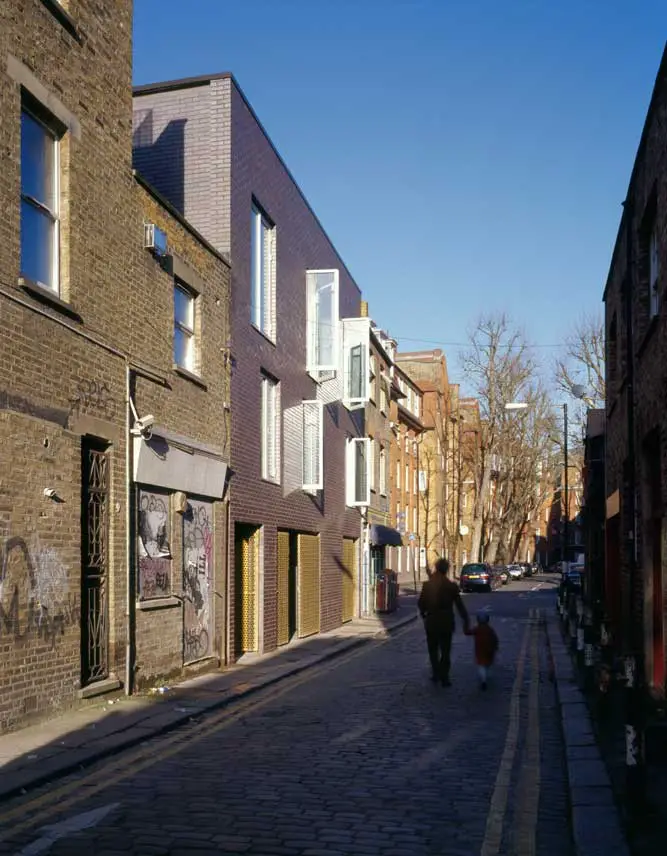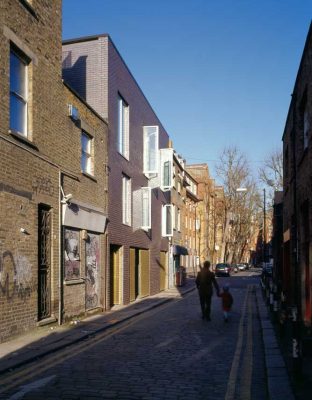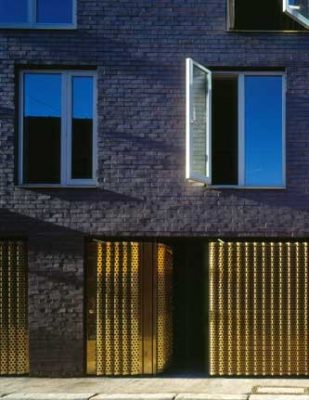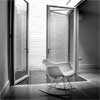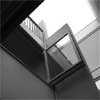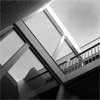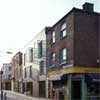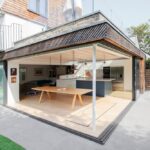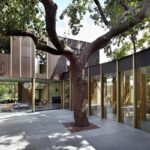Chance Street House, Bethnal Green Building, East London Property Images, Homes
Chance Street House – Properties
Bethnal Green Residential Development design by Stephen Taylor Architects, London
23 Jun 2009
Three Small Houses in Bethnal Green
Design: Stephen Taylor Architects
Redevelopment of a brownfield site to construct three new houses
RIBA Awards 2007
Photographs : Ioana Marinescu
Chance Street House Bethnal Green
This project for three houses occupies a small infill site in Bethnal Green, a neighbourhood in London’s East End. Replacing a postwar single-storey shed, these houses complete an urban block made up of diverse building types and activities. The brief asked to bring residential use to the site in line with the local authority’s policy for housing growth and the borough’s intensification of brownfield urban sites.
Three new properties in Bethnal Green:
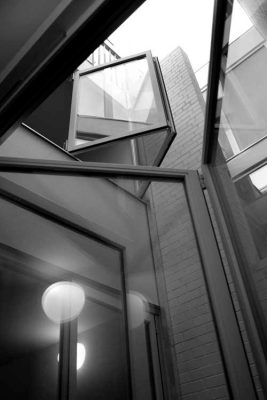
In the eighteenth century, the site of this project was one of the densest and poorest parts of the East End, characterized by workers’ cottages occupying overcrowded urban neighbourhoods. These cottages defined intimate streets, generally referred to as “turnings.” The adjacent Old Nichol Street was once regarded as one of the most crime-ridden areas within the East End.
Both Old Nichol Street and Chance Street appeared in black on the Victorian sociologist Charles Booth’s poverty map of 1889, in which each street was colour-coded to show the income and social class of its inhabitants. Black represented the “Lowest class. Vicious, semi-criminal.” These streets were damned as “rookeries” – crowded tenements akin to nests of rooks, or crows – the name intended to emphasize the meanness of the dwellings and the proximity between families.
The subsequent century has seen the urban grain of this part of London eroded, driven first by the Victorian social reformers, later the London County Council and the Greater London Council, and in the wake of extensive damage from World War II bombings, the opportunity to realize Abercrombie’s 1943 County of London Plan for open spaces.
The East End’s ensuing physical transformation has produced a more fragmented urban fabric with reduced densities and a dispersed population. A comparison of the 1901 and 2001 census for Tower Hamlets shows a decrease in population of 66 percent, down from 500,000 to under 200,000. The present-day wider context is typical of this transformation, where relics of the area’s eighteenth- and nineteenth-century past coexist with the myriad of housing experiments that followed from tenement buildings such as the boundary estate to the ever-more fragmented developments of the 1950s onwards.
This project for three houses of single-room depth is built on the site of a former print factory constructed after the war. Seen as an instance of urban repair, the project acknowledges and celebrates the “patchwork city” to which it belongs, its brick facade supplying the missing piece in the block of which it is a part.
Cognizant of the eighteenth-century small London house typology that once occupied the site and the level of urban intensification that came with them, themes of compact city dwellings are explored through the design of these houses. Flat-fronted and abutting their adjacent neighbours, these dwellings lie firmly in support of the “street” and continue to define its hard-edged, intimate character.
The 12 × 9 metre site with a single east-facing aspect to Chance Street is divided into three plots, each occupied by a three-storey house. Light and air are brought into the rear by a series of small courtyards with white clay brick walls. The intimacy of these external spaces is both animated and illuminated by the extensive glazed elevations that open onto them.
At ground level, a configuration of folding glazed screens facilitates opening two sides of the courtyard to the interior of the houses, while on the first floor the large bi-folding windows that constitute one side of the bedroom open externally across the void of the courtyard, consuming this space by its physical action. The open nature of the elevations at the rear embraces the courtyards as wholly private spaces, their character and material presence a contrast to the dark brick “public” facade to the street, and the part they play within this neighbourhood’s urban patchwork.
Like the generic London townhouses of the eighteenth and nineteenth centuries, the configuration of these houses anticipates a shifting of their occupants’ use over time; rooms are designed with a view to hosting a range of activities across each level. Inverting the usual tradition – since this typology offers no ground-level garden – the dining room / kitchen is positioned on the top floor, being farthest from the street and benefiting from the best light, bedrooms are on the first floor, and the ground floor is considered flexibly for a variety of uses that may include a small work room.
Given the narrowness of the street, domestic activities on the ground floor are distanced from the pavement edge by large inset porches. These porches are secured by perforated and folded yellow metal “curtains,” which allow the eastern sunlight to penetrate, its effect an intentional counterpoint to their gritty context.
Chance Street House images / information from Stephen Taylor Architects
Location: Chance Street, East London, England, UK
London Buildings
Contemporary London Architecture
London Architecture Designs – chronological list
Architecture Walking Tours in London by e-architect
Elm Court House, North London
Design: AR Design Studio
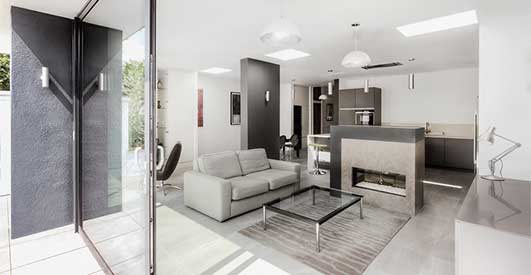
photo : Martin Gardner
Design: Claridge Architects
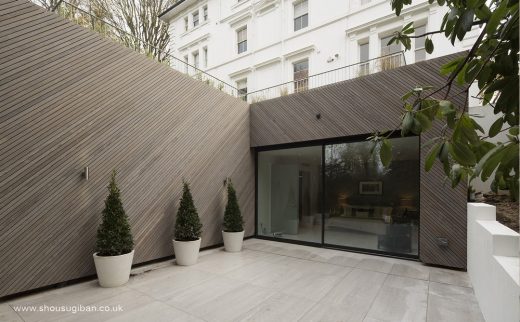
photograph : Simon Kennedy
New Hampstead House
Olympic Velodrome
Design: Hopkins Architects
London Olympics Velodrome
Key London Buildings
Comments / photos for the Chance Street Property – Bethnal Green Houses design by Stephen Taylor Architects page welcome

